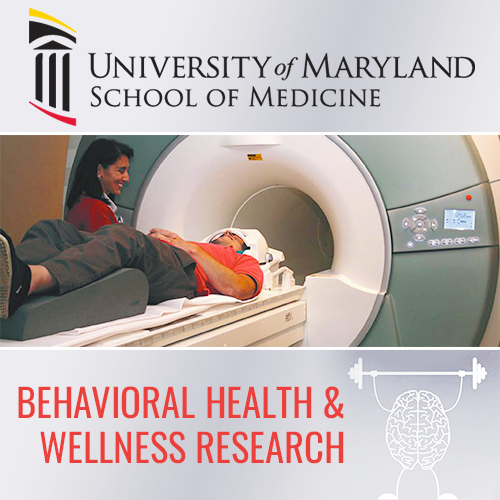Public Transportation Facilitates Access to Health Care, Particularly for People Covered by Medicaid

In 2014, Minnesota’s Twin Cities, Minneapolis and St. Paul, completed an expansion of their public transit system that sought to connect the downtown business corridors of both cities. Now, new research shows that in addition to its intended purpose, the 11-mile long light rail line also facilitated greater access to health care for those living near the line.
The study—led by researchers from the Urban Institute and the Mongan Institute—examined whether the frequency of missed or “no-show” medical appointments declined after the light rail expansion. By comparing no-show rates before and after the expansion, we could assess whether no-shows declined more for patients living near the new line compared with those far from it. We included patients with all types of health insurance to assess if any change in no-show rates was correlated to insurance type. We found the following effects after the light rail opened:
- No-show visits declined more for patients living near the light rail than for those living far from it, with a relative decline of 4.5 percent compared with before the light rail opened.
- These effects were stronger among patients covered by Medicaid, for whom the relative decline of no-show visits was 9.5 percent.
- Walk-in visits increased for all patients near the light rail compared with those far from it, suggesting the rail line promoted more access to same-day care as well as fewer missed appointments.
Although the importance of access to care in promoting health equity has been long recognized, few prior studies have examined how expanding public transportation can improve access. By using a large, multiyear dataset sourced from electronic health records, this study had the unique ability to observe the occurrence of no-show appointments and patients’ proximity to the light rail transit system. In total, the data reflected more than 3 million patient appointments scheduled at 97 clinics between 2013 and 2016.
Our analysis demonstrates that adequate public transportation can help ensure patients are able to attend their health care appointments as scheduled and decrease the number of missed appointments, which could disrupt health outcomes by leading to delayed diagnoses or exacerbating existing conditions. Public transit expansions may also be especially beneficial to people covered by Medicaid—who are disproportionately people with low incomes and people of color—underscoring that robust public transit systems are vital for promoting equity. For metropolitan planning organizations and state and local policymakers interested in increasing access to health care, engaging with communities to prioritize efforts that align public transit planning with public health goals offers a strong first step.
The Urban Institute has the evidence to show what it will take to create a society where everyone has a fair shot at achieving their vision of success.






